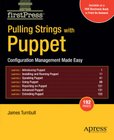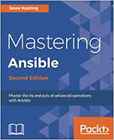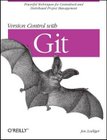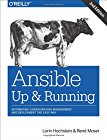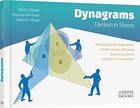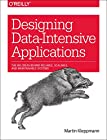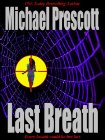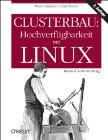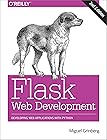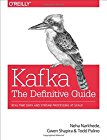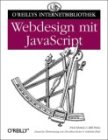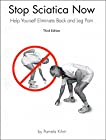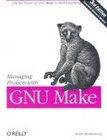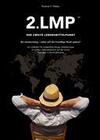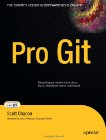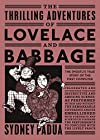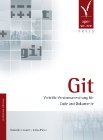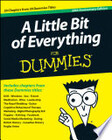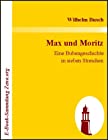
Once, when I picked up a book from the local library, the librarian asked to tell her what I thought about the book when I would bring it back. Well, why not write a few lines about all the books I read so everybody could see what I thought about it? I'm often also happy to have friends recommend a certain book or tell me this and that is not really worth reading. I won't comment about the tons of books I have read so far, but about books I read from now on.
| highly recommended | sehr empfohlen | |
| good reading | gutes lesematerial | |
| average | durchschnittlich | |
| not too interesting | nicht allzu interessant | |
| recommended not to read it | empfehlung das buch nicht zu lesen |














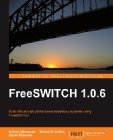



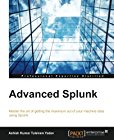










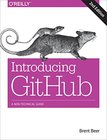
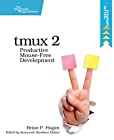















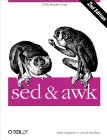































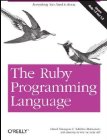

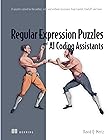






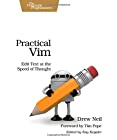






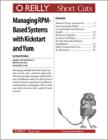



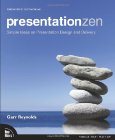

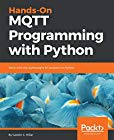


























 |
|
|---|---|
| title | Vim and Vi Tips - Essential Vim and Vi Editor Skills |
| author | Jacek Artymiak |
| ISBN-10 | |
| ISBN-13 | 978-8-360-86925-3 |
| ASIN | B004JF4NOQ |
| rating | |
| date | 2012-Oct-25 |
I am, and have been so for many years, a heavy user of vim. Over the years I've picked up many a trick and shortcut. Nevertheless, there are so many features you'll always only be using and remembering a more or less small subset of them and usually every book and most articles about vim cover some stuff which I haven't known before. Also this one.
What I liked about this book when I saw it is the fact that it is not too daunting to a newbie at vim. It is not a huge volume trying to teach you everything in the vim-universe, it just covers the basics. The information is split up in very small, easily digestible junks of information; each junk very short, teaching just one small task and mostly concluded with an easy to follow example. The table of contents makes it very easy to immediately find the information you're looking for. And yes, even as a long time intensive vim user I could learn new tricks again. So also for seasoned users it may be interesting to browse through.
On one hand I would like to recommend this book to vim newcomers for the conciseness and because of the approach which makes it simple to find specific information. On the other hand I have some big warnings as well. There isn't really any explanation about the working philosophy of vim. No spelled out information about the way counters are combined in vim with movement or other commands; which I think is a key concept to really understand things. Some of the commands are just plain wrong (:ZZ does not exist, that is ZZ). Others are introduced in a wrong context (CTRL-^ is explained as switching to the previous file; that would be :prev; CTRL-^ is to toggle between two buffers/files only). cursor movement is not explained before chapter 3, while file operations are already explained in chapter 2. While the short info and samples are great for looking something up, it would be much more useful to explain things after them. Often there are just some examples which you can type just according to the book but you won't really know what you're doing or why. In some places there are lots of examples with regular expressions but no information about what regular expressions are and how to really use their power.
So for some things I would like to give the book high marks, for others low. All in all, a medium mark is probably what's appropriate. There is good stuff in this book for both, the vim newcomer and for long time users, but background information is completely missing and all the samples have to be taken with a pinch of salt, they may not be quite accurrate.






